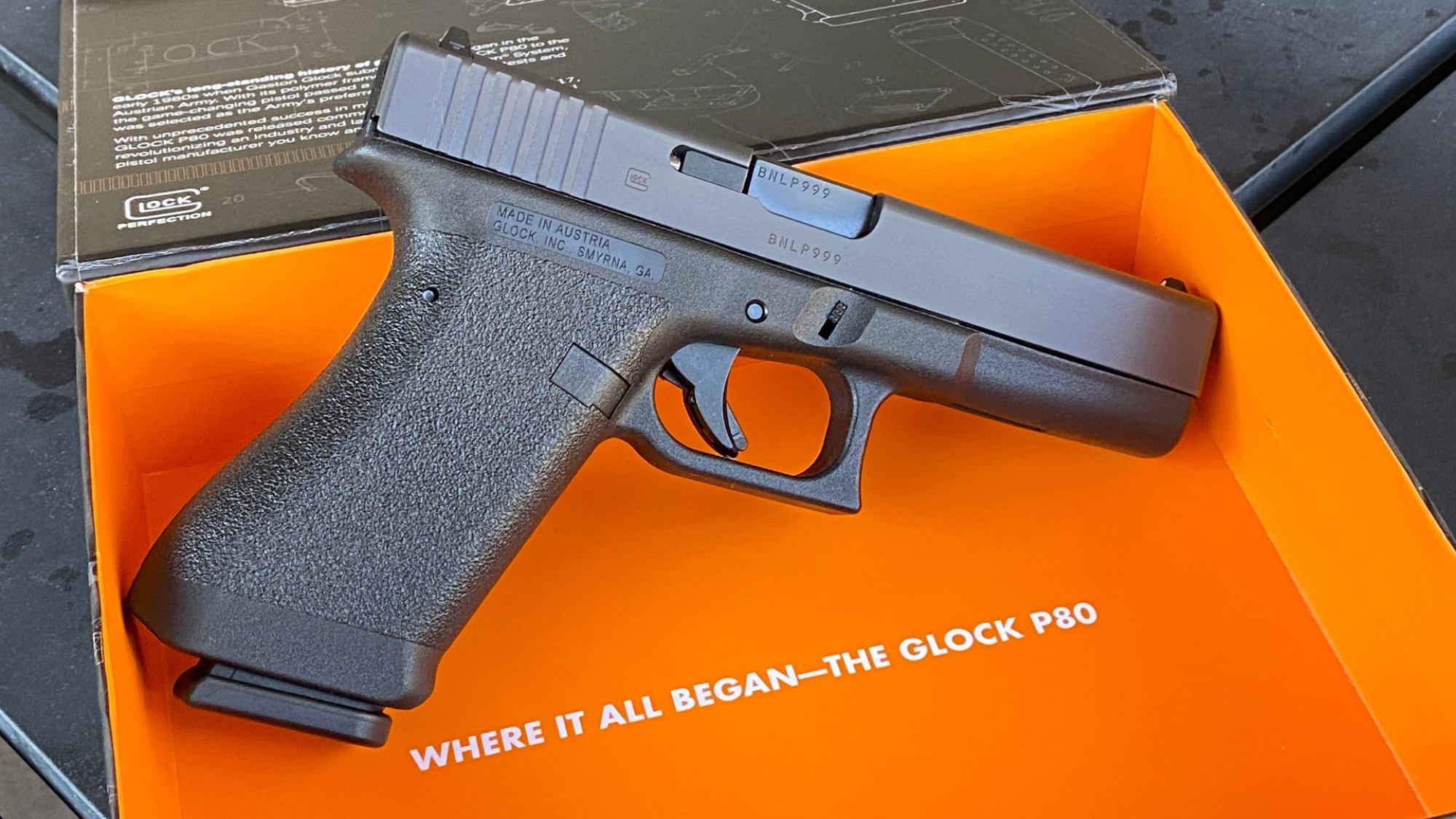Airplane Diagram - This page shows the parts of the aircraft and their functions. Airplanes are transportation devices designed to transport people and goods from one place to another. Aircraft come in various shapes and sizes depending on the mission of the aircraft. The aircraft shown on this slide is a turbine powered aircraft chosen as a representative aircraft.
Any aircraft needs to lift the weight of the aircraft, fuel, passengers and cargo to fly. The wings generate most of the lift to keep the plane in the air. To create lift, the aircraft must be loaded in the air. Air resists movement in the form of air drag. Modern airplanes use ailerons on the wingtips to reduce drag. Turbine engines located under the wings propel and drag the aircraft forward through the air. Small, low-speed aircraft use turbine engines for propulsion instead.
Airplane Diagram

Small wings are located on the tail of the plane to control and move the plane. The tail has a fixed horizontal part and a fixed vertical part, which is often called a horizontal stabilizer. The function of the stabilizers is to ensure the stability of the aircraft, to maintain the level. The vertical stabilizer prevents the nose of the aircraft from swaying from side to side, which is called stagger. The horizontal stabilizer prevents the nose from moving up and down, which is called pitch. (On the first plane of the Wright brothers, the horizontal stabilizer was placed in front of the wing. Such a configuration is called a canard, after the French word for "duck").
Aircraft Parts Making Machine Supplier, Airplane Components Processing Machine Manufacturer
On the back of the wing and the stabilizer there are small movable parts attached to the fixed parts on hinges. In the picture, these moving parts are brown in color. Changing the wing back changes the amount of power the wing generates. The ability to convert power gives us a way to control and maneuver the aircraft. The turning part of the vertical stabilizer is called the leader. It is used to turn the tail to the left and right when seen from the front. The hanging part of the horizontal stabilizer is called the elevator; It is used to move the tail up and down. The outward hanging part of the wing is called the aileron. It is used to flip the wings from side to side. Most airplanes roll from side to side using spoilers. Spoilers are small plates that are used to break up the flow on the wing and change the amount of downforce by reducing lift during stalling.
The wings have additional flaps, the rear sections closest to the body are called flaps. Flaps are provided during takeoff and landing to increase the amount of downforce generated by the wing. On some aircraft, the leading edge of the wing is also folded. Calculations are used on takeoff and landing to generate additional downforce. It is used to cool the aircraft during landing and to resist the flaps when the aircraft is on the ground. The next time you fly an airplane, notice how the shape of the wings changes during takeoff and landing.
The body or body of the aircraft holds all the parts together. Pilots sit in the cockpit in front of the fuselage. Passengers and cargo are transported in the rear of the hull. Some airplanes hold fuel in gas; Others carry fuel in their wings.
As mentioned above, the plane configuration in the picture is only chosen as an example. An individual plane may be configured differently from this plane. The Wright Brothers' 1903 Fly was a propeller and elevator that pushed the front of the plane. Fighter jets often have their jet engines buried in the fuselage rather than pods mounted under the wings. Many fighter jets also integrate the horizontal stabilizer and elevator into a single stabilizing surface. There are many possible configurations of an airplane, but each configuration must provide the four forces necessary for flight.
Design Of Experiments Plays A Major Role In Wind Tunnel Balance Calibration At Aedc > Arnold Air Force Base > Article Display
Airplane dashboard diagram, airplane cockpit diagram, airplane wing diagram, airplane parts diagram, airplane diagram labeled, airplane free body diagram, airplane piston engine diagram, airplane diagram inside, airplane engine parts diagram, airplane forces diagram, airplane engine diagram, airplane seat diagram

